2016’s Family Films Phenomenon
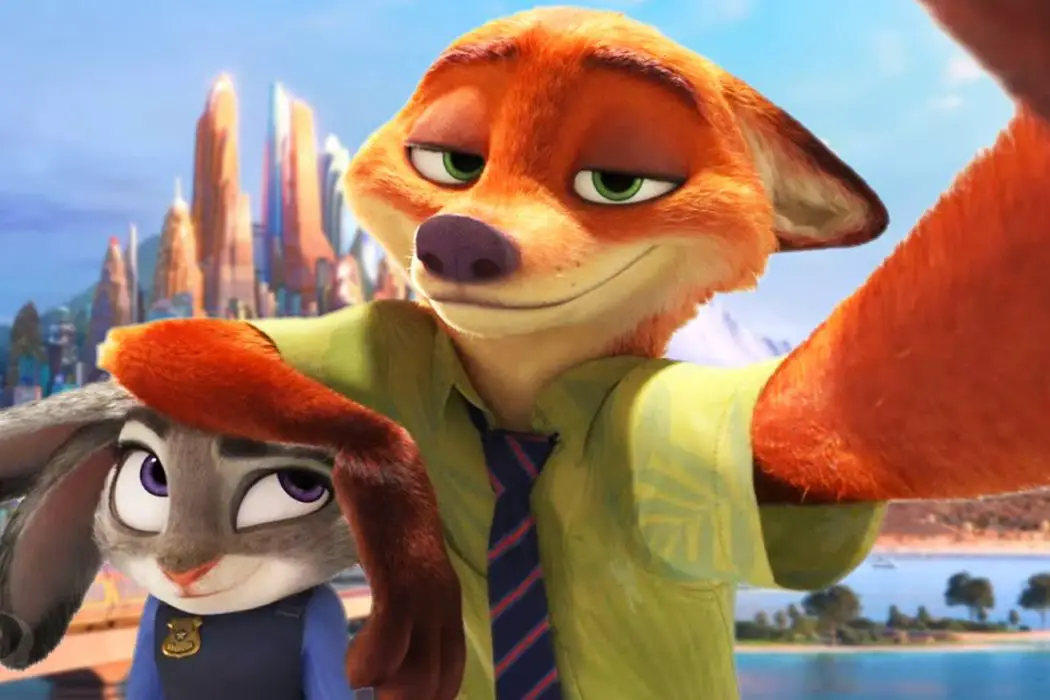
Alex is a film addict, TV aficionado, and book lover.…
With 2016 riding out on a wave of cinematic glory, it’s easy to forget just how dire the year looked at the halfway point. Blockbusters like Batman v Superman and X-Men: Apocalypse were disappointing left and right, and early prestige releases were getting underwhelming labels like ‘minor Coen Brothers’. Often times, the best reviewed and most talked about film at the local multiplex had as many kids in the audience as adults, and it was one of the few offerings where everyone left satisfied.
Adult and teenage fare eventually picked up, but films truly appropriate for all ages remained a stalwart, delivering critical and commercial successes month after month. Make no mistake, this was not normal. The widespread success of family films made them more vital to the cinematic landscape than they had been in years, and the phenomenon was built on a foundation that should support it far into the future.
Dazzling Diamonds In The Rough
When looking at concrete numbers, the resounding success of family films becomes unquestionable. As of December 5th, four of the top five worldwide grosses in 2016 were family films, with Finding Dory, Zootopia, The Jungle Book, and The Secret Life of Pets taking spots two through five, respectively. You have to go back to 2010 to find a comparable result, when Toy Story 3 and Alice in Wonderland topped the box office and four other kid-friendly films made the top ten.
Refreshingly, three of this year’s top earners are also among the best reviewed films of the year. Zootopia, Finding Dory, and The Jungle Book all earned scores of 77 or 78 on the aggregate review website Metacritic, putting them among their 100 highest scores of the year. Both Kubo and the Two Strings and Moana, for example, (the latter still surging at the box office) boast high scores.

While this confluence of critical and financial success is remarkable, what’s even more striking about these films is just how varied they are. Families can sift through the list of winners and pluck the ones that match their taste. You want a tender, uplifting story? Try Pete’s Dragon or The Little Prince. Rapid fire jokes and manic energy more your style? There’s Kung Fu Panda 3 and The Secret Life of Pets. Oh and don’t forget the gorgeous visuals of Kubo and the Two Strings and The Eagle Huntress (also a documentary), the catchy songs in Moana, the comforting nostalgia of The Jungle Book and Finding Dory, and the social allegory in Zootopia.
The variety is, in large part, thanks to the many production studios that have carved a niche in the market and fine-tuned their brand. The building blocks for their 2016 lineups can be traced back to previous efforts, and a look at the major players provides hints for how it can be sustained.
Disney’s Multifaceted Dominance
The flagship of family entertainment is still the biggest player in the market, so as Disney goes, so will the genre. Their many production companies (which, remember, includes Pixar) currently takes a few distinct approaches, and while each produced big hits this year, some are in better shape than others.
Its oldest branch is the granddaddy of them all, Walt Disney Animation Studios. Releasing their 55th and 56th features in 2016, the back-to-back critical and commercial darlings Zootopia and Moana show just how the division is adapting to the current market while maintaining its roots.
The animation studio endured a rough patch in the early and mid-2000s, struggling to find a clear course until the writing and directing duo of Ron Clements and John Musker (The Little Mermaid, Aladdin) drew from the studio’s fairytale/myth playbook and delivered The Princess and the Frog in 2009. A string of spunky princesses and box office successes followed, culminating in Clements and Musker’s ‘90s Renaissance throwback Moana.
The toe-tapper, while very pointedly not about a princess, is an effective update of that era’s plot machinations and themes, and Disney shows no signs of letting this winning formula go. Gigantic, a take on Jack and the Beanstalk, will release in 2018. And while it’s being helmed by a younger duo from Disney’s cyclical crop of writers and directors, this is a generation that, like Clements and Musker, have seen what does and doesn’t work when twisting the formula.
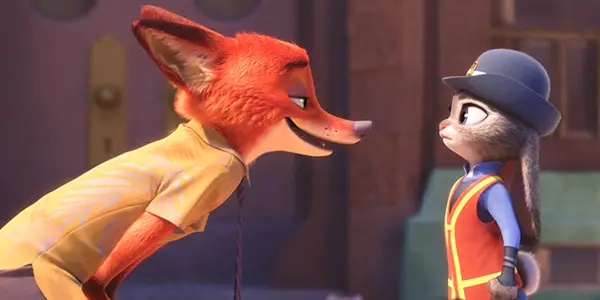
Zootopia, on the other hand, bears more direct influence from industry leader, Pixar, whose many films with meaty themes and zero condescension have pushed the family genre to its current heights. Disney Animation started pairing these lessons with more intricate plot lines in Wreck-It-Ralph, an idea Big Hero 6 and Zootopia; lifting plot outlines from adult superhero and mystery genres, respectively. Next up for this strategy is the sequel Wreck-It-Ralph 2, which will unleash the arcade hero onto the internet world in 2018.
Pixar itself has seen better days as the studio completed its legendary napkin movies and merged with Disney long ago. Whether its idea fatigue after a long string of successful originals or the influence of Disney’s more profit-oriented mindset, its sequels and lesser standalones (with the exception of Inside Out) that have characterized the studio’s recent output. 2016’s Finding Dory was yet another film of above average quality that’s only disappoints when compared to the studio’s glory days, and with an upcoming release schedule that includes Cars 3, Toy Story 4, The Incredibles 2, and a solitary original, 2017’s Mexico-set Coco, their lessening reputation could easily lead to box office degradation.
Disney’s still got a juggernaut in their back pocket, though, as they take advantage of nostalgia fever with their live-action/CGI remakes. Luckily for audiences, these haven’t been frivolous money grabs. Instead, Disney’s entries (which notably do not include the Huntsman series) have almost all been lovingly produced spectacles from impressive directors like Tim Burton, Kenneth Branagh, Jon Favreau, and David Lowery. The latter two are responsible for this year’s risky The Jungle Book and Pete’s Dragon remakes, which somehow got into production with a massive $175 million budget for Book and an old-fashioned, sweet story for Dragon.
This line will need to continue taking risks to avoid becoming stale, but as they start pulling from the revered renaissance period, financial success seems secure. The trailer for Beauty and the Beast, coming out in March 2017, set the record for most views in its first 24 hours, and the film is expected to be a box office force. With 12 other remakes in some stage of production, this will be a huge part of the family film landscape for years and should keep Disney at the forefront of audience’s minds.
Laika’s Quality Assurance
The most acclaimed family feature of the year is shaping up to be Kubo and the Two Strings, following the weighty adventure of a boy, his monkey, and a human-sized beetle from Laika Entertainment. The company may just be the true successor to Pixar, coming into the market ten years ago and releasing just four films on the bet that quality, not quantity, will keep it afloat.
Utilizing the painstaking method of stop-motion animation (with CGI assists), the detail in Kubo and the studio’s previous features, The Boxtrolls, ParaNorman, and Coraline, are wonders to behold. End of year clip packages will surely include Kubo and friends battling the film’s succession of monsters, but the quiet moments are just as worthy of examination, with small things thrown in for beauty and style instead of just sight gags.
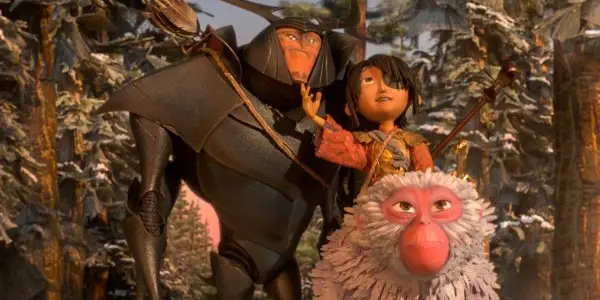
Where Laika has struggled in the past, and what it will need to continue improving on in the future, is its uneven construction of story beats. Kubo got them back on track after the minor slide that was Boxtrolls, but if they continue to make dark films punctuated by loss, depression, and loneliness, then they must lift their plots to the same heights as their themes.
There’s little room for error in Laika’s quality-first business model, and they seem determined to either outrun that noose or hang by it. They haven’t released details on their next film, other than to state that it’s currently filming and will be in theaters in 2018, but they are open about their expanding facilities and ultimate goal of releasing one movie per year. And just what does a revered animation studio with one release a year remind you of?
Comcast Adds Illumination And DreamWorks
Earlier this year, NBCUniversal (which is owned by Comcast) announced plans to acquire DreamWorks Animation, one of the few major studios that weren’t owned by a conglomerate. The deal will see Illumination Entertainment and DreamWorks come under the same banner and either share or exchange operational oversight, most likely bringing the already similar brands closer together.
DreamWorks comes into the merger with the longstanding reputation of being third fiddle to Pixar and Disney, and while they’ve consistently put out successes like Shrek, How to Train Your Dragon, and Kung Fu Panda, they’ve been just as guilty of taking their good ideas and running them into the ground with lesser sequels. 2016 saw the studio release the dwindling Kung Fu Panda 3 and the adequate but not spectacular Trolls, leaving DreamWorks in need of a stabilizing series.
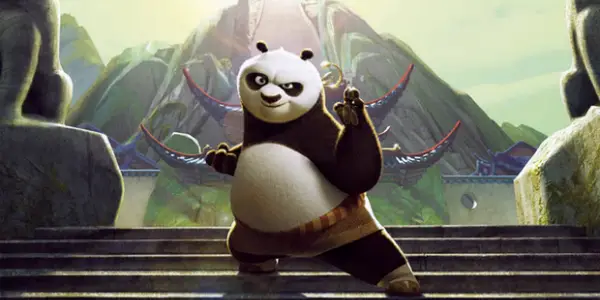
Their oddball slate of upcoming releases is so unpredictable that any or none of them could hit big, including The Boss Baby (the plot is exactly what the title suggests), Captain Underpants, and Larrikins, a musical about a bilby. However, even if all of these offerings fail at the box office, there’s still the much-delayed 3D spectacle How to Train Your Dragon 3 to sustain them.
The much younger Illumination Entertainment has proved lucrative but is still finding its voice, as three of the studio’s five pre-2016 offerings were in the Despicable Me universe. They hit it big this year by giving families a lovable window into The Secret Life of Pets, while Sing is a mild crowd-pleaser without any real gumption. More Despicable Me and Pets are on their way, as well as an adaptation of How the Grinch Stole Christmas, indicating that perhaps they are trying to jump from franchise to franchise for as long as they can.
While neither studio seems intent on critical adoration, they’ve both produced hits that serve the more fun, lighthearted side of the market. By combining, their release schedules should coordinate to provide consistent, mid-level releases for families in constant need of entertainment.
Smaller Players Assert Themselves
As Disney, Pixar, and DreamWorks spent years proving that the family market can support a large number of films, Laika and Illumination were far from the only studios to pop up and claim their share. Warner Bros. re-entered the game in 2014 with The Lego Movie, the first film from their Pixar-inspired group of writers and directors that they hope will collaborate on consistent, quality entertainment. Their second feature, Storks, fell a bit flat, but with several more Lego movies, a planned Hanna-Barbera series, and originals from their team in some stage of production, everything looks pretty awesome for future projects.
There’s more box office hits on the way from several other studios as well, with Columbia Pictures’ releasing Smurfs: The Lost Village and Hotel Transylvania 3, Paramount Animation making another Spongebob movie, and Blue Sky Studios searching for a new franchise with Ferdinand and Pigeon Impossible. There’s even an upcoming animated Spider-Man movie that may skew younger than the teen-appropriate MCU version.
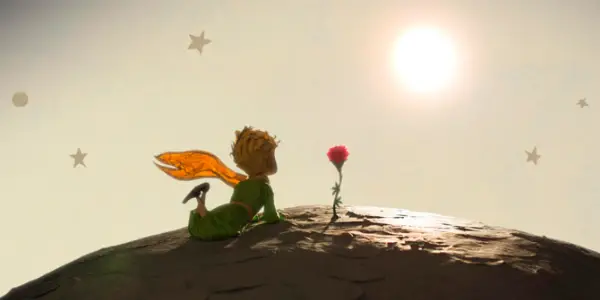
With an eye towards smaller gems, this year’s slowly releasing The Little Prince has a worthy successor in Paddington 2, and it’s always worth keep track of North American distributor Gkids’ slate, as they are excellent at plucking quality films from the international market.
Family Studios Will Keeping Singing You’re Welcome
With so many players finding niches in the market, it’s no wonder we’re seeing family films take up more space in the critical and commercial landscape. 2016 will likely be a high point for the genre, as Disney, Laika, and many others produced winner after winner. However, even if future years fail to live up to 2016’s zenith, most studios have laid out clear, promising paths that will leave audiences thankful for their films.
Does content like this matter to you?
Become a Member and support film journalism. Unlock access to all of Film Inquiry`s great articles. Join a community of like-minded readers who are passionate about cinema - get access to our private members Network, give back to independent filmmakers, and more.
Alex is a film addict, TV aficionado, and book lover. He's perfecting his cat dad energy.













